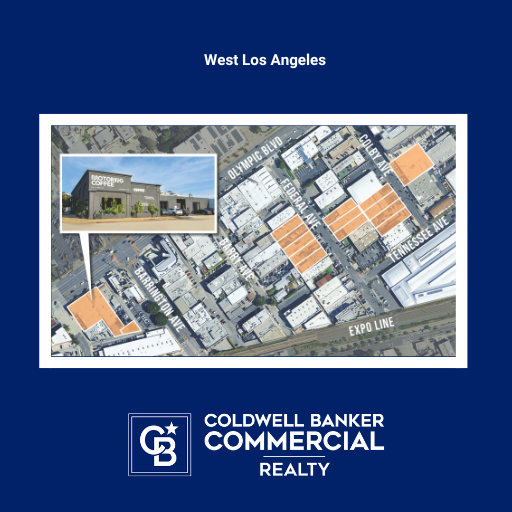Are Office Distress Opportunities Around the Corner?

Although opportunities to acquire distressed CRE have been few and far between thus far, conditions may lead to a significant uptick in the sale of troubled office assets in the coming years. It’s long due, as industry observers have been anticipating a wave of distressed office listings since the pandemic’s onset first unsettled the office market.

Until now, the office market hasn’t reported marked declines for a variety of reasons, such as the timing gap created by office’s long lease terms. Often, companies that embraced remote and hybrid work have allowed their offices to sit empty while they await the expiration of their leases. The lack of money allowed many owners to kick the can down the road, hoping that pre-pandemic office utilization would return, but it seems increasingly unlikely that will happen anytime soon.
Now, many of the circumstances that have kept distressed activity muted are no longer a factor, points out Yardi Matrix in its latest National Office Report. There is a chance that this year’s distressed activity will increase due to a confluence of factors that include higher debt costs, weak demand, falling prices and a possible recession. Landlords with properties securing floating-rate debt are already facing increased pressure from higher interest rates. What’s worse, refinancing a loan will be even tougher this year given the overall pullback by lenders.

Whereas the tech industry drove a significant amount of office leasing, it’s virtually the opposite now as that sector contracts. And with remote and hybrid work becoming an entrenched aspect of our culture and labor market, office leasing activity is further stymied.
These conditions are driving a reduction in office prices. Yardi Matric reports that average price tag of an office property fell from $269 per square foot in the first quarter of 2022 to $214 per foot in the fourth quarter. Emerging distress could send prices plummeting further.
What will be up on the distress sales block? The likely culprits will include properties with low occupancy and/or leases turning over and those securing pricy, maturing loans. Tenants have been taking advantage of current conditions to trade up, leaving their existing or expiring commitments in favor of higher quality digs—even if they’re reducing overall footprints. The losers in this flight to quality will be older assets, especially those that are not in prime locations.

This doesn’t mean trophy properties are invincible, however—just look to Brookfield’s recent default on $784 million in loans for a pair of Downtown Los Angeles office towers.
|
THE OFFICE MARKET, BY THE NUMBERS |
||
|
$38.04 |
Average national listing rate (full-service) |
é 1.1% over prior 12 months |
|
16.6% |
Average national vacancy rate |
é 0.80% over prior 12 months |
|
123.5 MSF |
Office space under construction |
= 1.9% of overall stock |
|
3.1% |
Year-over-year job growth in office-using industries, as per the BLS |
|
While Yardi Matrix expects distressed opportunities to rise this year, the extent of the pain remains unknown. It’s likely that several underperforming office buildings that are sold will be converted to or replaced by other uses, such as multifamily housing or life science facilities.
The company has tracked $1.9 billion of office transactions, representing a per-square-foot sales price of $202, for the first few weeks of 2023. Economic uncertainty, higher interest rates and the ongoing trend of remote work will likely keep capital availability constrained for office deals this year. As a result, expect 2023 office transaction volume to record its lowest level since the years following the Great Financial Crisis.
A Trusted Guide in Commercial Real Estate
Coldwell Banker Commercial® provides Commercial Real Estate Services from Property Sales and Leases, to Property Management. Learn how our expansive network of Independently Owned and Operated Affiliates and Real Estate Professionals use their in-depth knowledge of the local market and industry trends to help businesses and investors navigate the complexities of the commercial real estate landscape.






